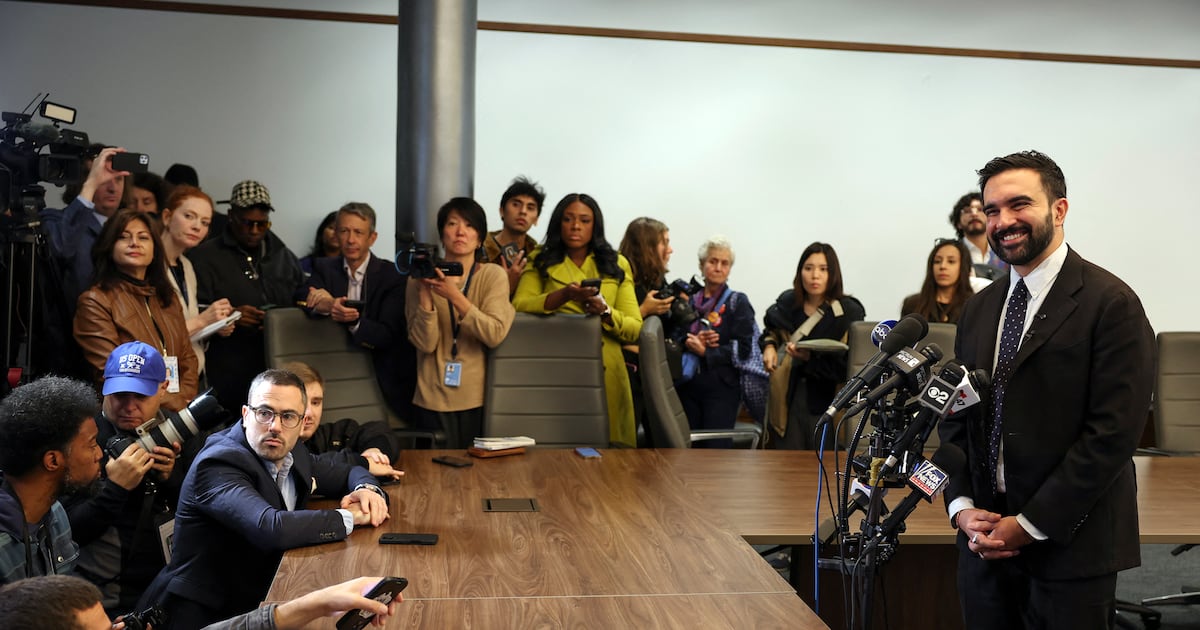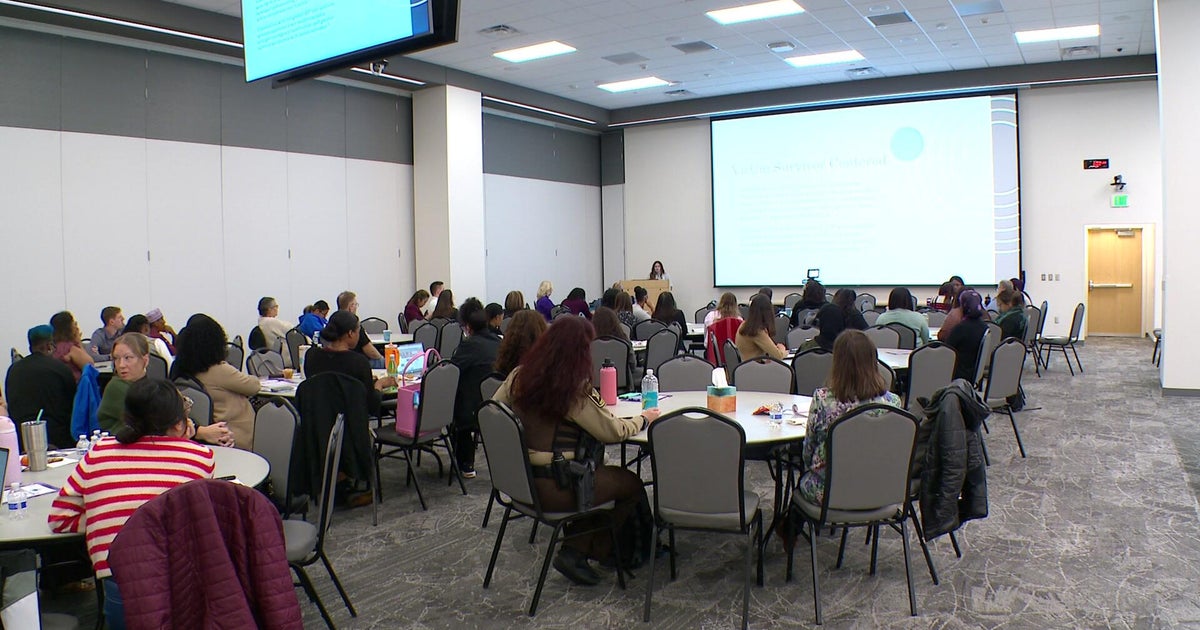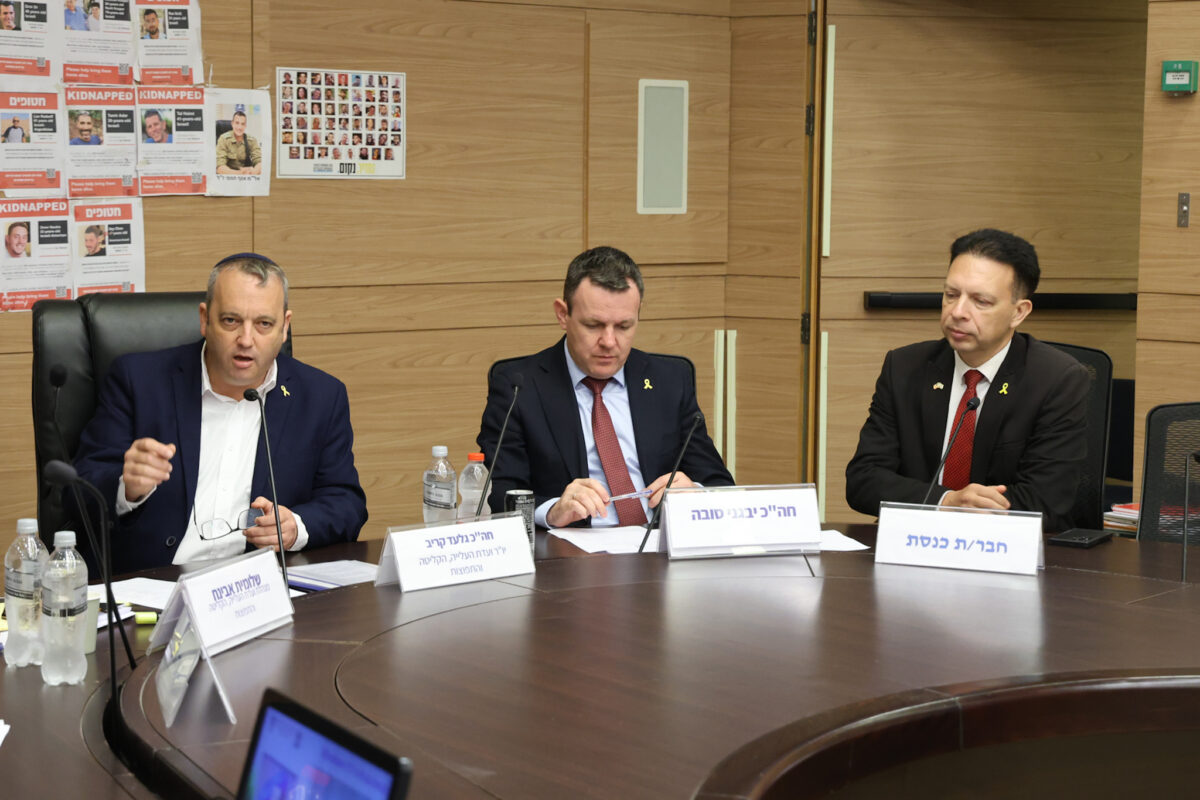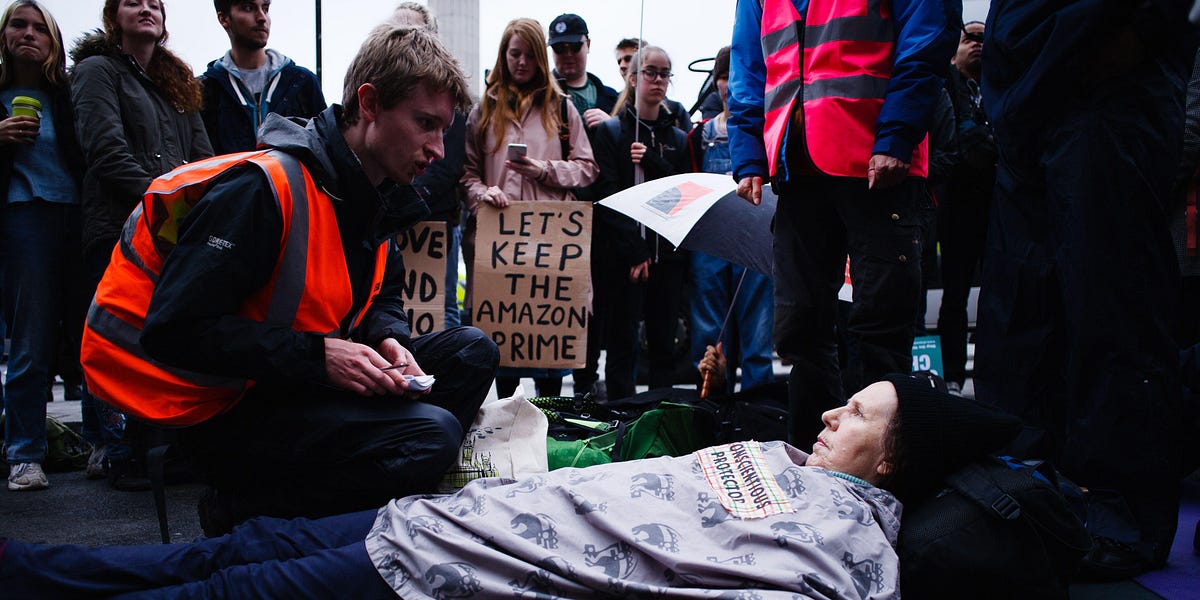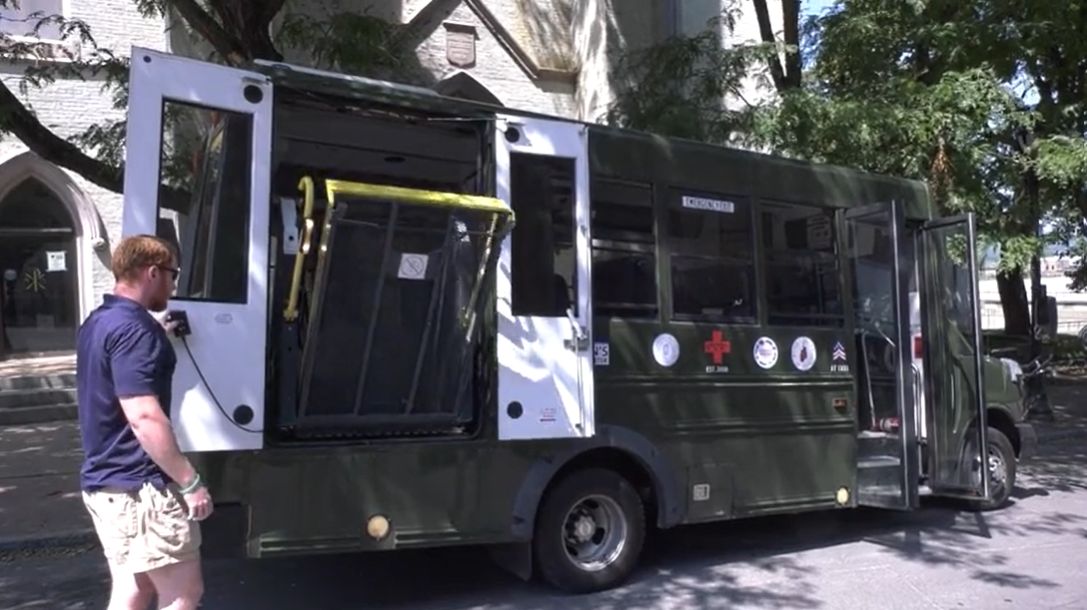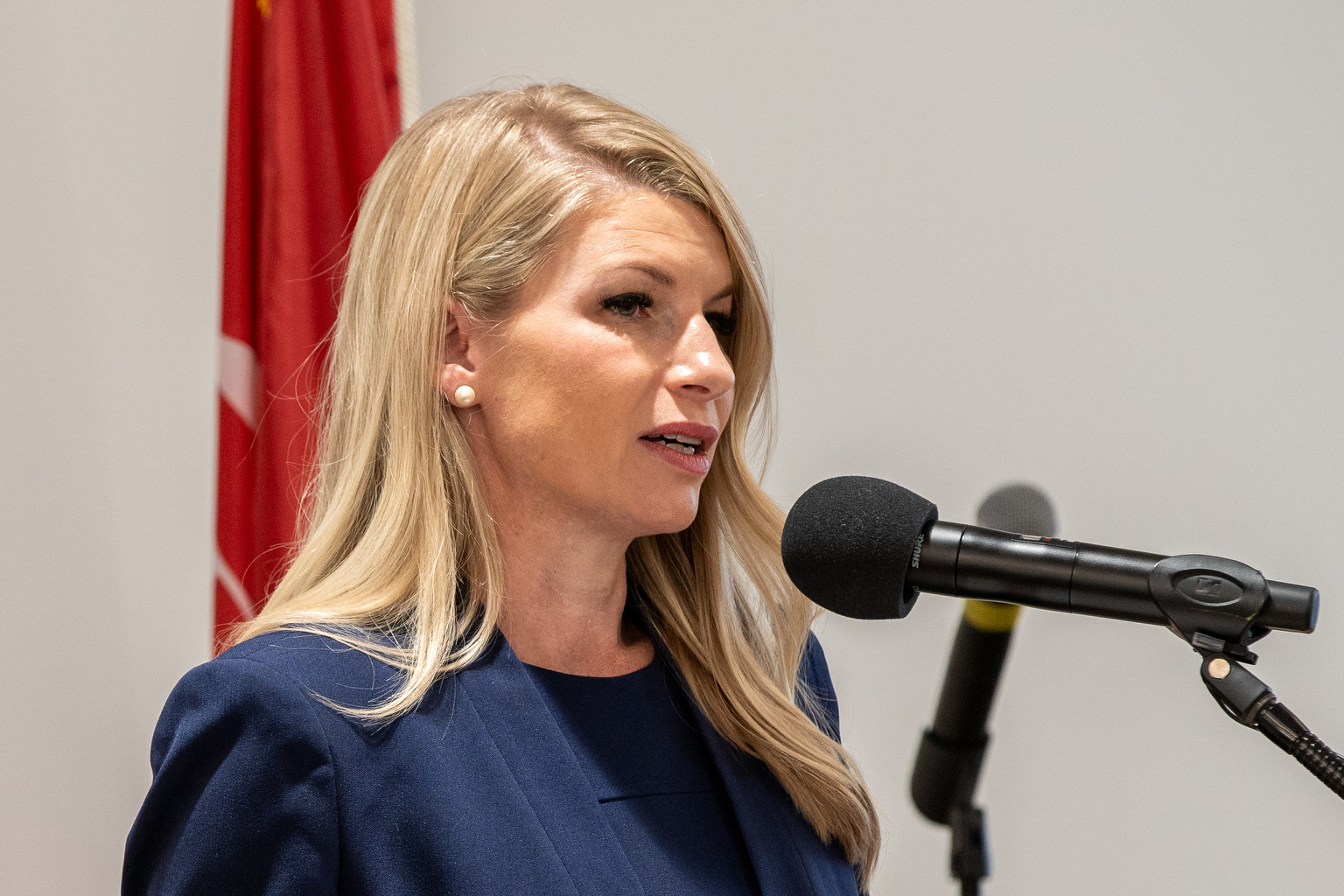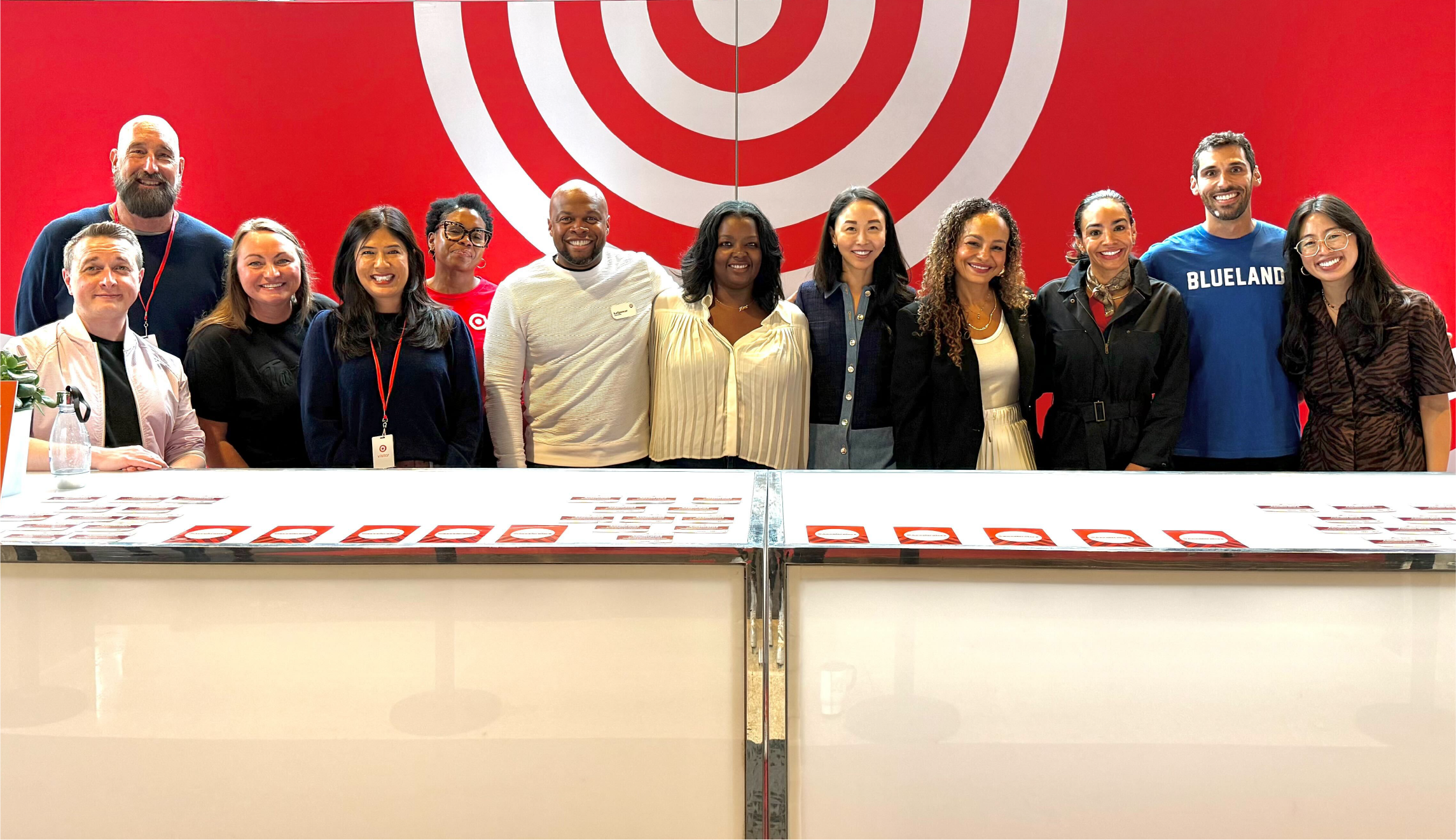Javier E. Lopez, M.D. – University of California – Davis Health

Report on the Contributions of Dr. Javier E. López to Sustainable Development Goals
Professional Profile and Commitment to Health Equity
Dr. Javier E. López, a Professor in Cardiovascular Medicine at the University of California, Davis, has centered his professional career on advancing key United Nations Sustainable Development Goals (SDGs). His work directly addresses SDG 3 (Good Health and Well-being) and SDG 10 (Reduced Inequalities) through clinical practice, research, and community-focused programs. As the medical director of cardiac rehabilitation at UC Davis and the cardiology clinic at the Imani student-run free clinic, Dr. López actively works to improve cardiovascular health outcomes, with a pronounced emphasis on reaching underserved and marginalized populations.
Educational and Professional Milestones
Dr. López’s extensive training has provided a foundation for his impactful work:
- Medical Degree: Temple University School of Medicine
- Sarnoff Fellowship: Cardiovascular Medicine, University of California San Francisco (UCSF)
- Internal Medicine Residency: University of Texas Southwestern
- Postgraduate Research Fellowship: Laboratory of Paul Simpson, UCSF
- Clinical Cardiology Training: University of California, Davis (2010)
- Master of Applied Sciences (Translational Science): University of California, Davis (2012)
- Faculty Appointment: University of California, Davis (2014)
Advancements in SDG 3: Good Health and Well-being
Dr. López’s initiatives are aligned with SDG Target 3.4, which aims to reduce premature mortality from non-communicable diseases through prevention and treatment.
- Clinical Program Development: He develops personalized rehabilitation and prevention programs designed to improve cardiovascular health for patients post-heart attack and those living with heart failure and diabetes.
- Basic Research: His research seeks to understand organ and cellular resilience following injury, such as myocardial infarction. This foundational science is critical for developing future therapies.
- Translational Research: He is a multiple Principal Investigator for the NHLBI-funded HeartShare study, a national consortium focused on discovering novel therapeutic targets for heart failure with preserved ejection fraction, a condition with significant health burdens.
Fostering SDG 10: Reduced Inequalities
A core tenet of Dr. López’s work is the reduction of health disparities, directly contributing to SDG 10.
- Community-Based Health Programs: He directs the Hypertension Digital Health Navigator Program, which operates within the Imani, Tepati, and Knights Landing student-run clinics to serve communities with limited access to healthcare.
- Research in Underserved Populations: He is a co-Principal Investigator on a project funded by the AHA-SFRN Centre, studying the impact of psychosocial stressors and exposomics on cardiovascular health in underserved multi-ethnic populations in Northern California.
- Rural Health Access: As the site Principal Investigator for the STRIVE Study, he oversees recruitment at multiple sites in rural areas of Northern California, aiming to improve cardiac rehabilitation access through virtual engagement.
Commitment to SDG 17: Partnerships for the Goals
Dr. López exemplifies the collaborative spirit of SDG 17 by engaging in multi-stakeholder partnerships to achieve health objectives.
- National Consortiums: Participation in the NHLBI-funded HeartShare study.
- Academic-Community Partnerships: Collaboration with California State University, Sacramento, for the AHA-SFRN Centre project.
- Multi-Site Clinical Trials: Leadership in the multi-institutional STRIVE Study.
These partnerships are instrumental in translating research into practice and scaling up interventions that advance SDG 4 (Quality Education) by training future health professionals and SDG 9 (Industry, Innovation, and Infrastructure) by developing and implementing digital health solutions and novel scientific approaches.
1. Which SDGs are addressed or connected to the issues highlighted in the article?
The work of Dr. Javier E. López, as described in the article, directly addresses and connects to several Sustainable Development Goals. The primary focus is on health, but it is deeply intertwined with reducing inequalities, fostering innovation, and building partnerships.
-
SDG 3: Good Health and Well-being
This is the most central SDG in the article. Dr. López’s entire career as a cardiologist, researcher, and medical director is dedicated to improving cardiovascular health. His work on prevention, rehabilitation, and treatment for conditions like heart failure, diabetes, heart attack, and hypertension directly contributes to this goal. The article highlights his focus on developing “personalized rehabilitation and prevention programs that advance cardiovascular health.”
-
SDG 10: Reduced Inequalities
The article repeatedly emphasizes Dr. López’s commitment to addressing health disparities. His work specifically targets “hardly reach populations,” “underserved multi-ethnic populations,” and people in “rural areas.” By directing programs at student-run free clinics and studying the impact of “psychosocial stressors and exposomics on CV health in underserved multi-ethnic populations,” he is actively working to reduce inequalities in health access and outcomes.
-
SDG 9: Industry, Innovation, and Infrastructure
This goal is relevant through the application of modern technology and innovative approaches to healthcare. The article mentions the “Hypertension Digital Health Navigator Program” and the “Supportive Training After Cardiac Rehabilitation Including Virtual Engagement: The STRIVE Study.” These initiatives use digital health and virtual engagement to improve patient care, particularly for remote or hard-to-reach populations, showcasing innovation in healthcare delivery.
-
SDG 17: Partnerships for the Goals
The article demonstrates a strong commitment to collaboration. Dr. López’s work involves numerous partnerships between academic institutions (University of California, Davis; University of California San Francisco; California State University in Sacramento), national health organizations (NHLBI, AHA-SFRN), and community clinics (Imani, Tepati, Knights Landing). These multi-stakeholder collaborations, such as the “HeartShare study on heart failure” and the “AHA-SFRN Centre” project, are essential for achieving complex health goals.
2. What specific targets under those SDGs can be identified based on the article’s content?
Based on the activities described, several specific SDG targets can be identified:
-
Target 3.4: Reduce by one third premature mortality from non-communicable diseases through prevention and treatment and promote mental health and well-being.
Dr. López’s work is squarely aimed at this target. His clinical research focuses on “improving translation and implementation of cardiovascular prevention and rehabilitation for patients living with heart failure, diabetes and heart attack,” which are major non-communicable diseases (NCDs). Furthermore, his research into “psychosocial stressors” on cardiovascular health touches upon the connection between mental and physical well-being.
-
Target 3.8: Achieve universal health coverage, including financial risk protection, access to quality essential health-care services…
The article mentions that Dr. López is the medical director of the cardiology clinic at the “Imani student-run free clinic” and directs a program running at “Imani, Tepati and Knights Landing student-run clinics.” These free clinics are a mechanism to provide access to essential health-care services for underserved populations who may lack financial protection or regular access to care, thereby contributing to the principles of universal health coverage.
-
Target 10.2: By 2030, empower and promote the social, economic and political inclusion of all, irrespective of… race, ethnicity… or other status.
By focusing on “hardly reach populations” and “underserved multi-ethnic populations,” Dr. López’s work aims to ensure these groups are not left behind in health advancements. Providing specialized, accessible care and conducting research specific to their needs (e.g., the study on “CV health in underserved multi-ethnic populations”) is a direct effort to promote their inclusion and improve health equity.
-
Target 17.17: Encourage and promote effective public, public-private and civil society partnerships…
The article explicitly lists numerous partnerships. The “HeartShare study” is described as a “national consortium.” The project on psychosocial stressors is a “partnership with the California State University in Sacramento” funded by the AHA-SFRN. The STRIVE study involves “multiple sites in rural areas.” These examples show the active formation and use of partnerships between universities, funding bodies, and community health providers to achieve research and health goals.
3. Are there any indicators mentioned or implied in the article that can be used to measure progress towards the identified targets?
The article implies several indicators that could be used to measure progress, even if it does not state them in official SDG terminology.
-
Indicators for Target 3.4 (NCDs):
Progress could be measured by tracking the health outcomes of patients in Dr. López’s programs. Implied indicators include mortality rates from cardiovascular events, hospital readmission rates for heart failure, and prevalence of controlled hypertension in the populations served by the “Hypertension Digital Health Navigator Program.” The research itself, which aims to define “biological maps of resilience post myocardial infarction” and identify “novel therapeutic targets,” will produce indicators of scientific progress towards better treatments.
-
Indicators for Target 3.8 (Access to Care):
The number of patients served at the “Imani, Tepati and Knights Landing student-run clinics” is a direct indicator of access. Another is the number of patients enrolled in the “Hypertension Digital Health Navigator Program” or the “STRIVE Study,” particularly the “study-wide recruitments at multiple sites in rural areas of Northern California,” which measures the reach of these specialized services.
-
Indicators for Target 10.2 (Reduced Inequalities):
The research on “psychosocial stressors and exposomics on CV health in underserved multi-ethnic populations” is designed to generate data that can serve as an indicator. By collecting information on “clinical features, blood transcriptomics, single cell phenotyping,” the study can quantify the health disparities and the factors contributing to them, providing a baseline against which the success of interventions can be measured.
-
Indicators for Target 17.17 (Partnerships):
A direct indicator mentioned in the article is the number and nature of the partnerships themselves. The existence of a “national consortium” (HeartShare study), a multi-university partnership (UC Davis and CSU Sacramento), and multi-site clinical trials (STRIVE study) are all concrete indicators of successful collaboration across different sectors to advance health goals.
4. Create a table with three columns titled ‘SDGs, Targets and Indicators” to present the findings from analyzing the article.
| SDGs | Targets | Indicators (Mentioned or Implied in the Article) |
|---|---|---|
| SDG 3: Good Health and Well-being | Target 3.4: Reduce premature mortality from NCDs through prevention and treatment. |
|
| Target 3.8: Achieve universal health coverage and access to quality essential health-care services. |
|
|
| SDG 10: Reduced Inequalities | Target 10.2: Empower and promote the inclusion of all, irrespective of race or ethnicity. |
|
| SDG 9: Industry, Innovation, and Infrastructure | (Implied) Target 9.5: Enhance scientific research, upgrade the technological capabilities of industrial sectors. |
|
| SDG 17: Partnerships for the Goals | Target 17.17: Encourage and promote effective public, public-private and civil society partnerships. |
|
Source: health.ucdavis.edu

What is Your Reaction?
 Like
0
Like
0
 Dislike
0
Dislike
0
 Love
0
Love
0
 Funny
0
Funny
0
 Angry
0
Angry
0
 Sad
0
Sad
0
 Wow
0
Wow
0






